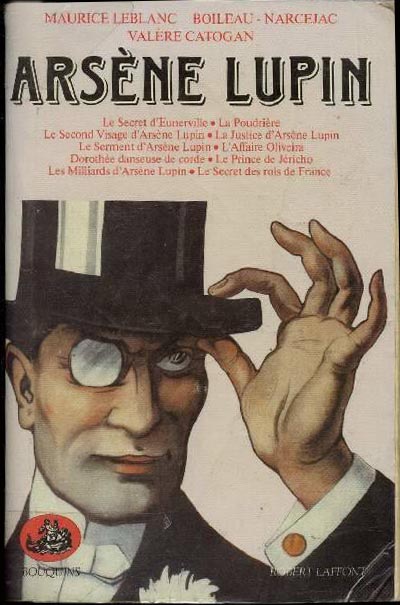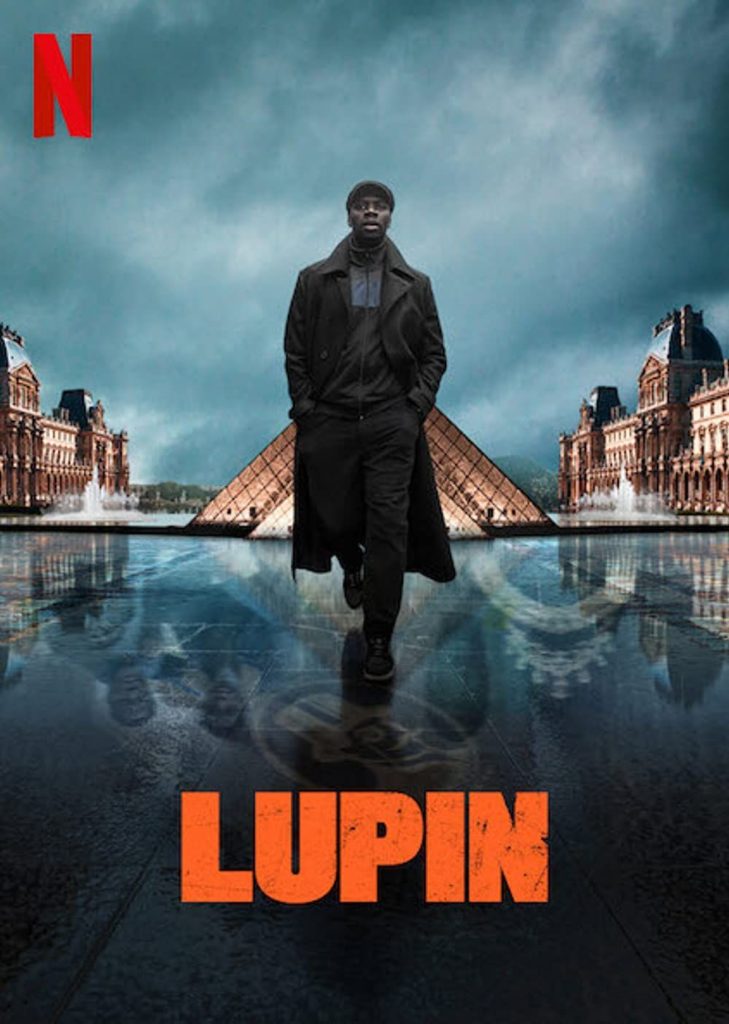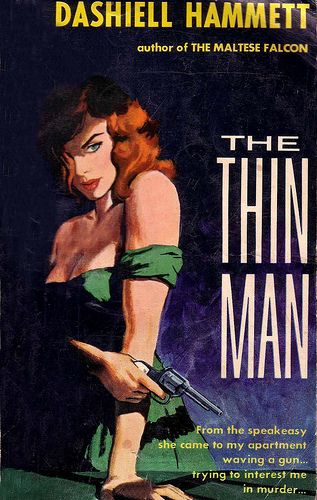
I may or may not be late in the game here, but I just binged Lupin on Netflix and I loved it. It took me two sittings to burn through the French Heist/Mystery/Thriller starring Omar Sy.
If you haven’t heard of it, here’s the trailer:
I have to admit, I hate watching poorly dubbed foreign movies so I put off watching this show even though I heard great things. We decided to give it a try and after I changed it from English dub to watching with subtitles I was hooked.
There are a few other Netflix shows that have terrible dubs but a cool premise, I’ll have to check those out now and just use subtitles. Before I do that, I’ll probably check out the Arsène Lupin books.
Who is Arsène Lupin?

Lupin, the gentleman thief and master of disguise, donned his top hat and monocle for the first time in The Arrest of Arsène Lupin, in 1905. The character’s creator, Maurice Leblanc is considered the French Sir Arthur Conan Doyle. He went on to write some stories with Sherlock Holmes in them, probably to drive that comparison home.
For example, Holmes makes an appearance in the short story Sherlock Holmes Arrives Too Late for the magazine Je sais tout, issue #17, June 15, 1906. Sherlock’s name was changed to “Herlock Sholmes” in later publications due to copyright laws.
Sholmes made subsequent guest appearances in, Arsène Lupin contre Herlock Sholmes [Arsène Lupin versus Herlock Sholmes], and in L’Aiguille creuse [Hollow Needle]. In 813—a story the Netflix show pays homage to by way of Twitter handle—Lupin solves a riddle that even the great Herlock Sholmes was unable to figure out.
Adaptations
Over the past 100 years, Lupin has been adapted and updated all over the world. The first adaptation was in the US in 1908, The Gentleman Burglar. In 1932, John Barrymore played the titular character in Arsène Lupin, his brother Lionel was Guerchard, the police chief. Here’s a link to the New York Times review of that film.
Like Holmes, there are many fan-fiction short stories, movies, video games, and comics featuring Lupin over the years. For example Lupin the Third, a Japanese manga series from Monkey Punch first appeared in 1967 and went on to influence Cowboy Bebop.
I think the appeal to Lupin is the fact that he’s a criminal, but he’s still a good guy. This allowed productions to distribute his story to kids in a time when they had comics like Crime Does Not Pay, teaching kids the ills of being a criminal. Although he is a “master thief,” Lupin is often a force for good. The bad guys’ Lupin defeats are typically worse villains than he is.
This, almost Robin Hood-esque bad guy was an influence for Leslie Charteris’ The Saint aka Simon Templar (first created in 1928), and a pretty good Val Kilmer movie I might add. This “force for good” theme plays a role in the Netflix adaptation as well.
Netflix Show

The French Netflix series follows Assane Diop, who reads about the exploits of gentleman thief and master of disguise, Arsène Lupin. He then decides to pursue a life of crime, which we see early on. The first episode has Diop robbing a necklace from The Louvre.
Season one, Dans L’Ombre D’Arsène (In The Shadow Of Arsène), has flashbacks to Diop’s teenage years where—without giving away any spoilers—he has a rough time after his father’s committed of something he didn’t do. Now, Diop is out to avenge his father, solve what actually happened.
Apparently, the show has become a huge hit. It’s the first French series to make it into Netflix’s top ten list in the U.S.
Anyway, it ends in a cliffhanger, and I’m excited for season 2.
References / Further Reading
- Archive.org
- https://www.npr.org/2021/03/01/972607693/pop-culture-happy-hour-lamour-for-lupin
- https://deadline.com/2021/01/lupin-to-return-netflix-later-this-summer-1234682447/
- https://www.marieclaire.com/culture/a35353357/lupin-book-series-netflix/
- https://www.nytimes.com/1932/02/27/archives/john-and-lionel-barrymore-engage-in-a-battle-of-wits-in-a-film.html
- John Barrymore Pimms Cup – Drink Like a Character Series




